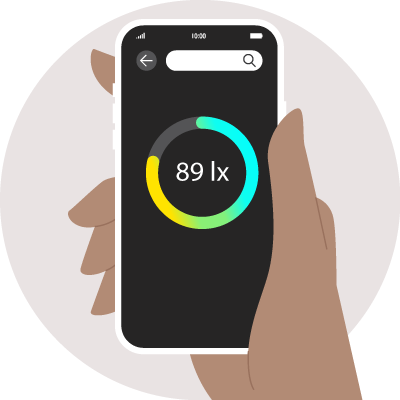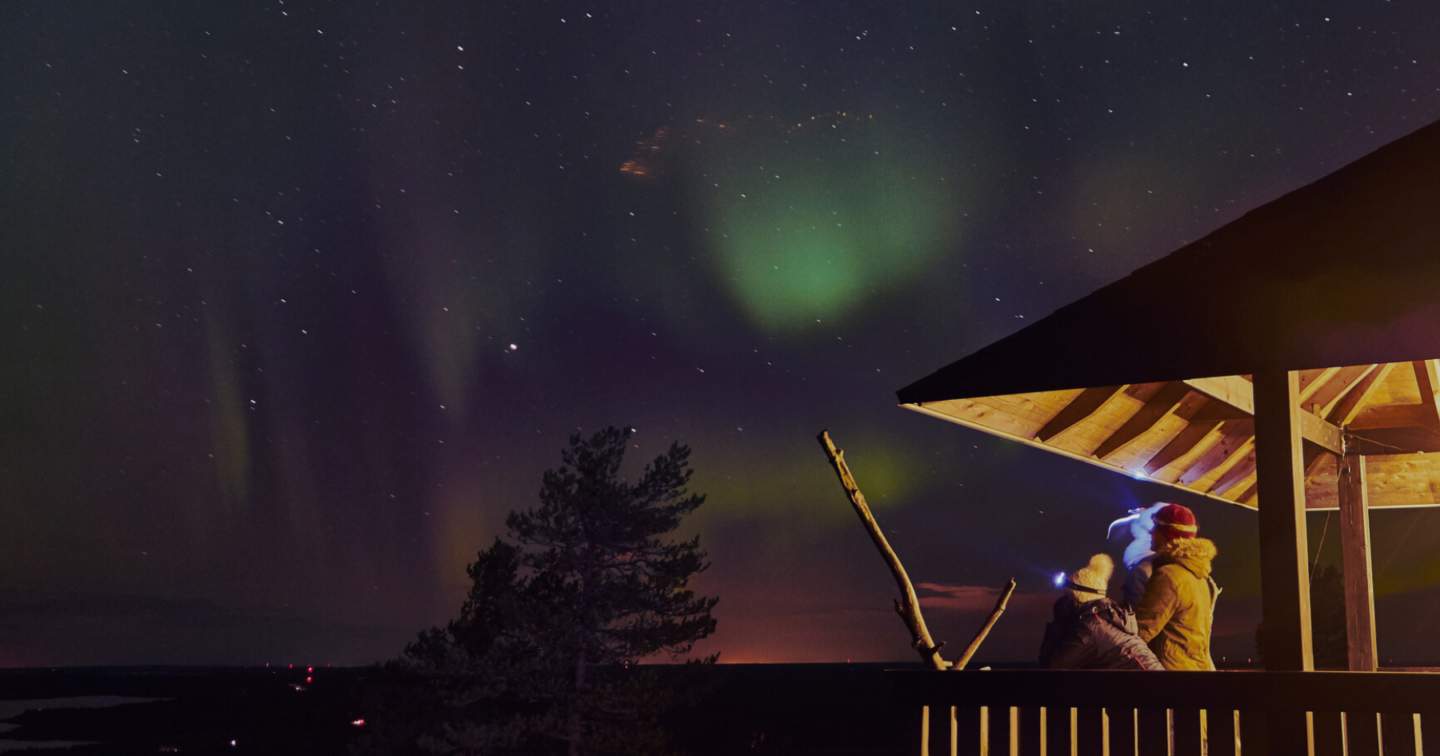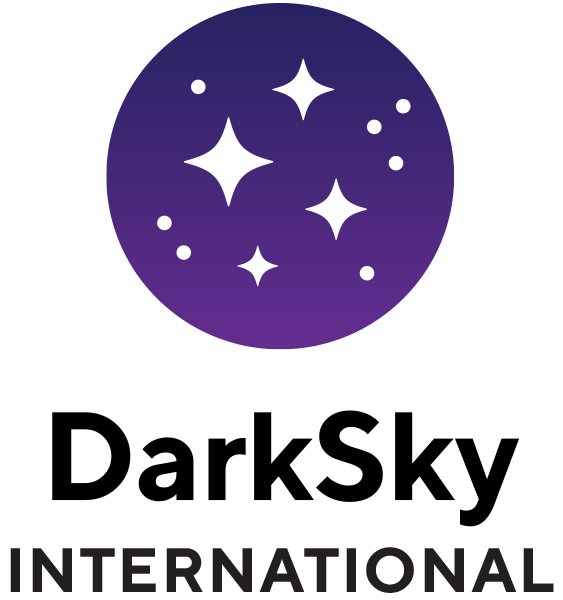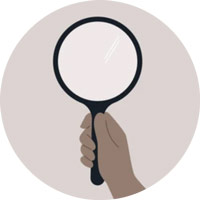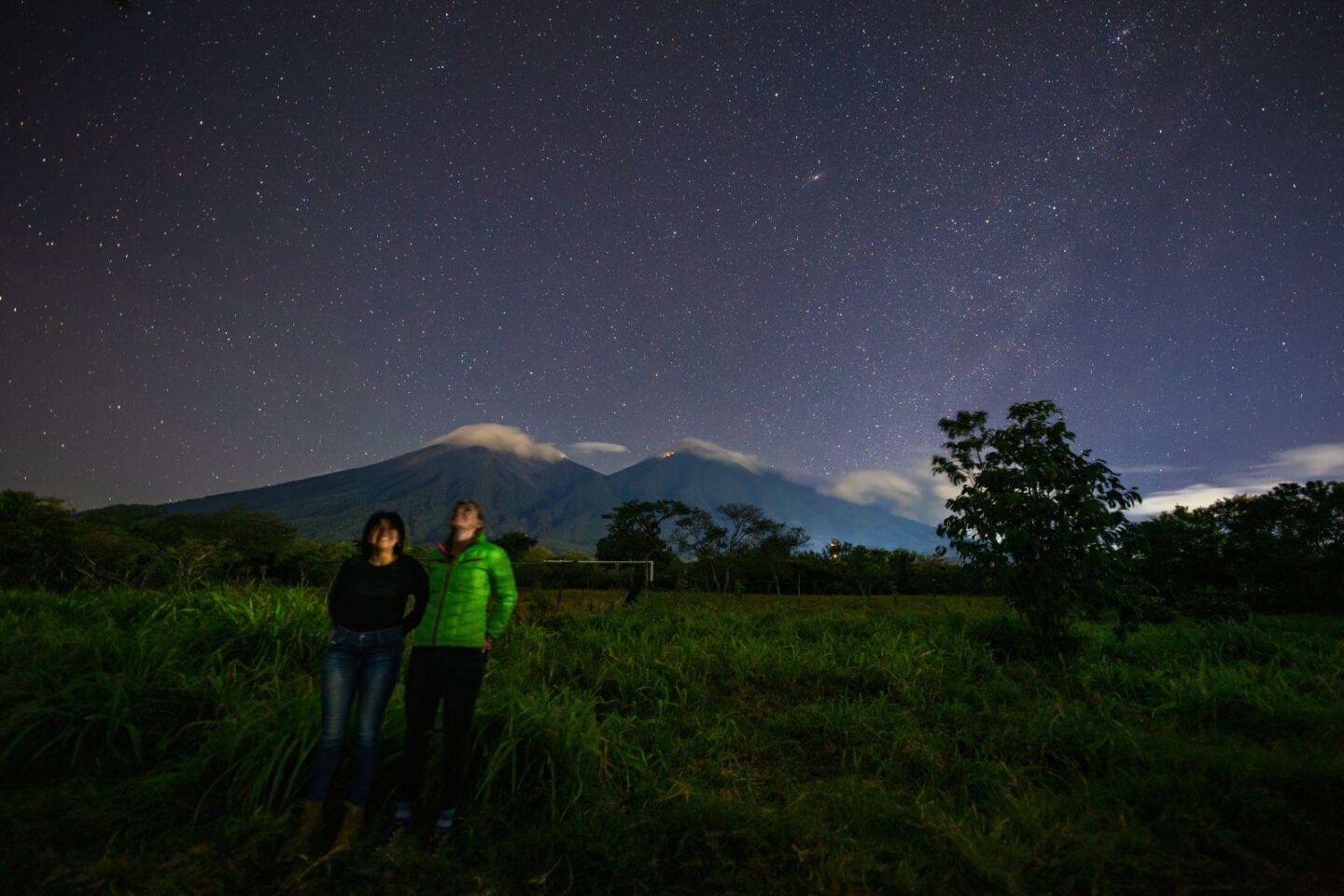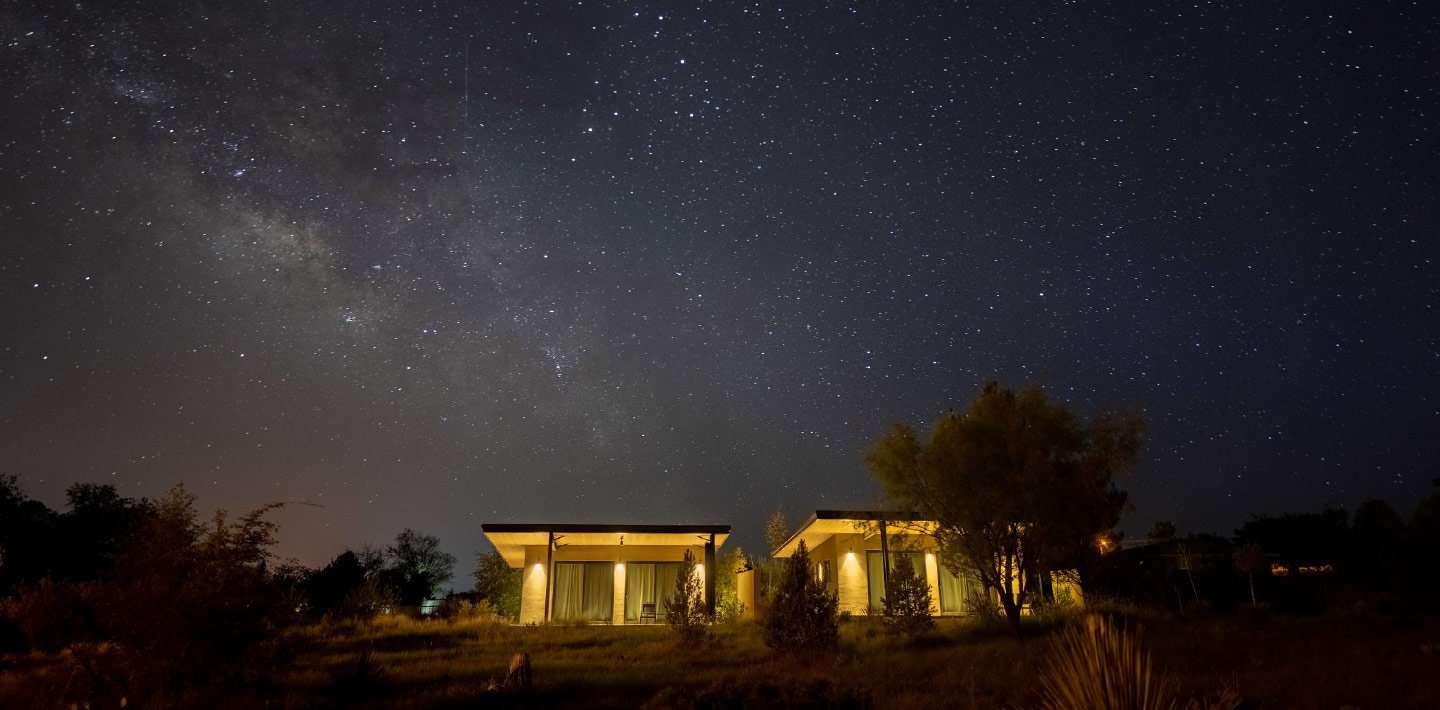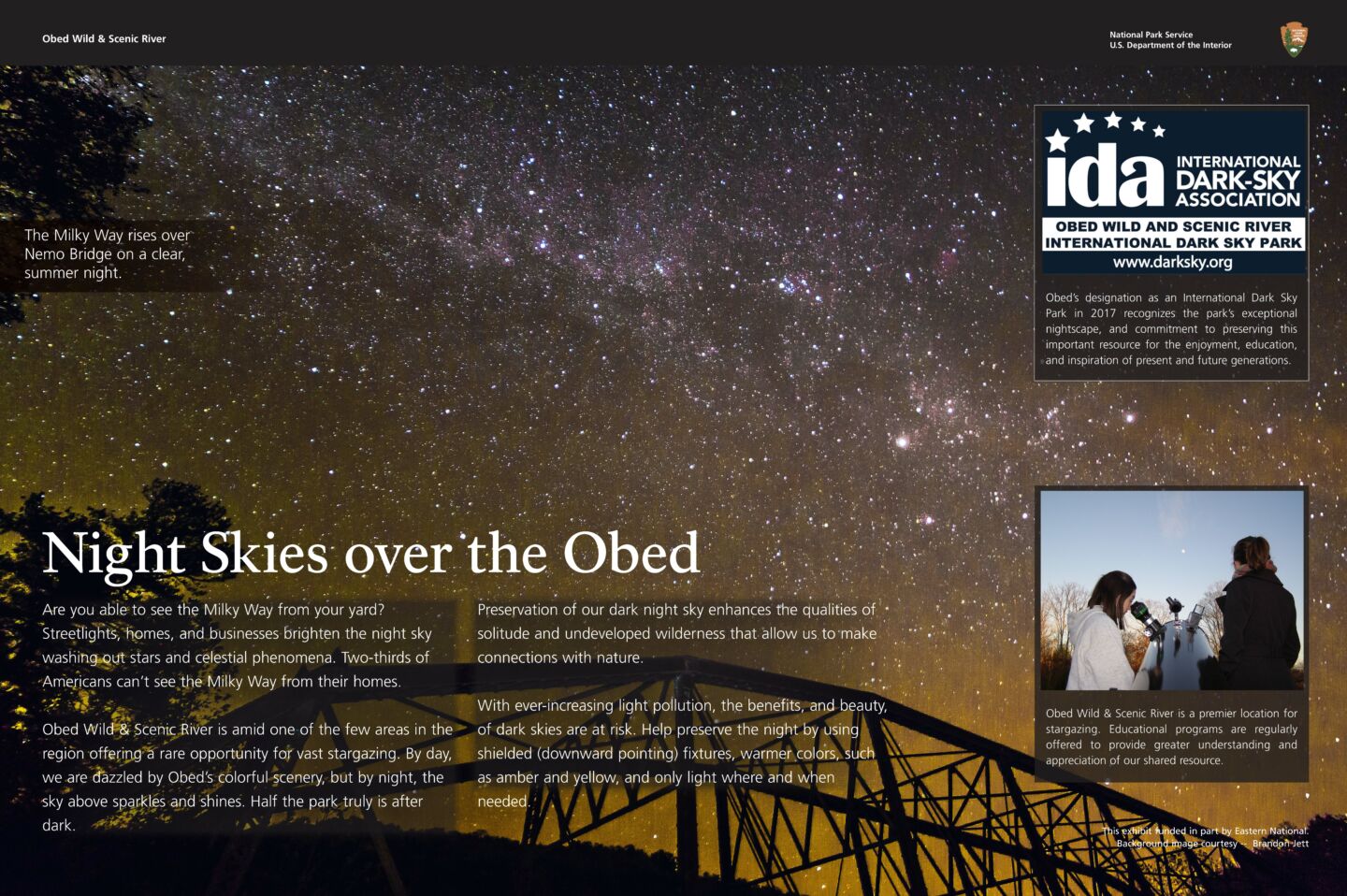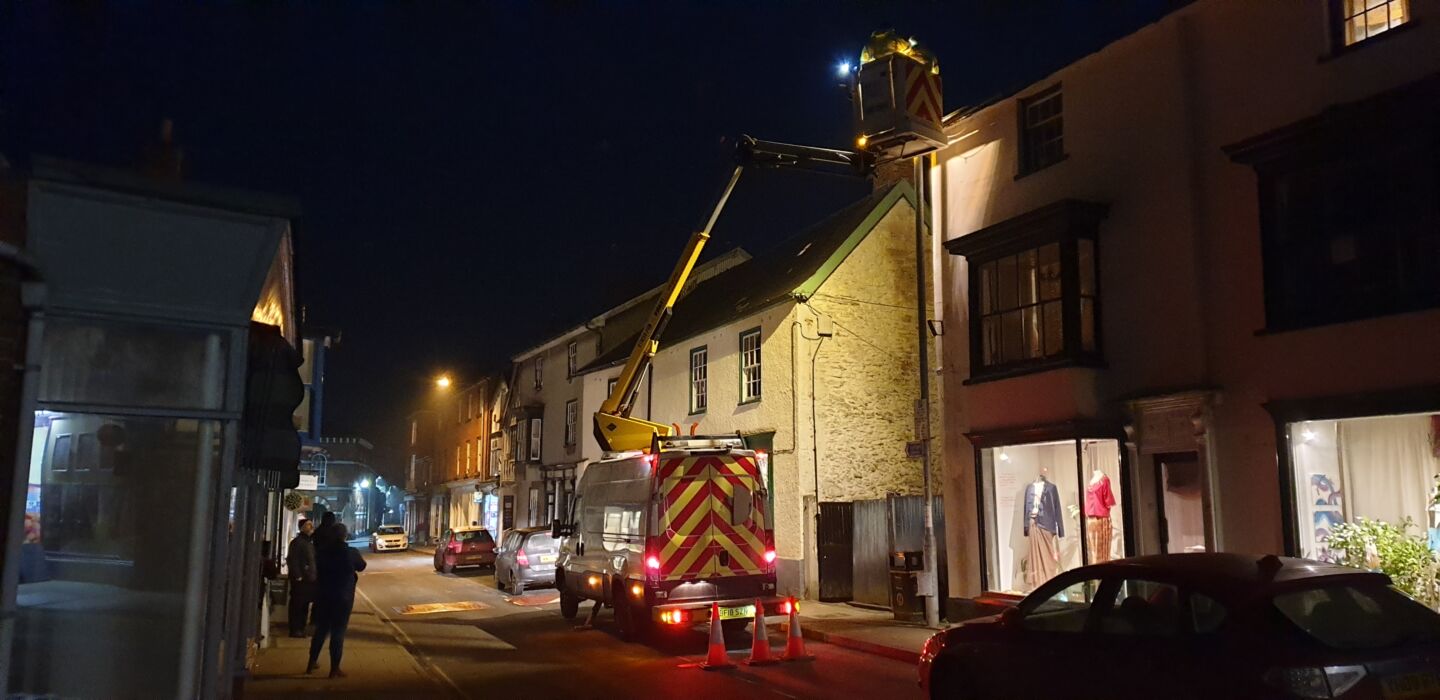
IDA Responds to 2014 Nobel Prize for Physics
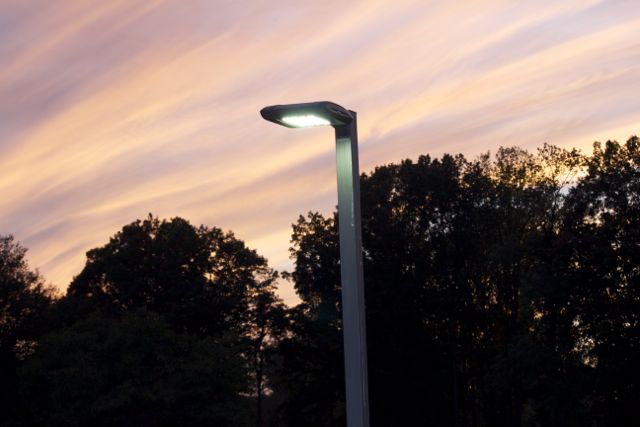
Tucson, AZ 7 October, 2014 –The Nobel Committee announced today that it has awarded the 2014 Nobel Prize for physics to three Japanese physicists for their invention of a revolutionary lighting technology. Isamu Akasaki and Hiroshi Amano of Japan and Shuji Nakamura were cited for “the invention of efficient blue light-emitting diodes, which has enabled bright and energy-saving white light sources.”
Their groundbreaking work on light-emitting diodes (LEDs) more than 20 years ago was crucial in production of the first “white” LEDs. These energy efficient LEDs are increasingly replacing conventional lighting technologies.
The National Lighting Bureau of the U.S. Department of Energy recently estimated that white LED lighting systems will account for 74 percent of lighting sales in the United States by 2030, reducing electricity demand for lighting by nearly 50 percent in the next two decades. In its media statement today announcing the Prize, the Nobel Committee noted that while “incandescent light bulbs lit the 20th Century, the 21st Century will be lit by LED lamps.”
The International Dark-Sky Association (IDA) applauds today’s Nobel announcement, but urges the responsible use of LEDs, particularly at night. The energy-efficient nature of LEDs encourages the use of excessive amounts of light. Research has shown that historically, when there is an improvement in the efficiency of lighting technology, a greater amount of outdoor lighting is used.
“There’s no question that LEDs are here to stay,” said IDA Acting Executive Director Scott Kardel “The question is, will we have the wisdom to apply this new technology without being excessive and wasteful. If we light properly we can use LEDs to save energy, improve visibility, and lower light pollution levels.”
Another issue to consider when using LEDs at night is the level of blue-rich, white light they emit. Exposure to blue light at night has known negative effects on ecology and is thought to cause certain kinds of chronic disease in humans. It can also increase glare compromising human vision, especially in the aging eye. Lastly, the blue component of outdoor white LED lighting increases the brightness of the night sky more than older lighting technologies. IDA warned of these hazards in its 2010 white paper, “Visibility, Environmental, and Astronomical Issues Associated with Blue-Rich White Outdoor Lighting.”
IDA recommends a correlated color temperature (CCT) of 3000 Kelvin or less for white LED lighting systems. These lights emit less blue light, while providing good rendition of colors. In ecologically sensitive areas, the CCT should be as low as possible to limit harm to wildlife. Information on color temperature is now found on the packaging of most lighting products.
Risks can be further minimized by dimming or turning off lights at night and restricting lighting to the exact space and in the proper amount required for particular tasks.
Cities around the globe are rapidly converting their existing streetlights to LED in an effort to conserve energy and save money. These savings can be maximized by ensuring that our streets are not overly lit and that the new technologies especially suited to LEDs, such as dimming and other lighting controls, are also put into place.
The promise of LED technology to light the world in a new way has drawn a major scientific accolade, but with new capabilities come new concerns about their application. Learn more about outdoor lighting, blue light at night, and dark skies on the IDA website at darksky.org.




